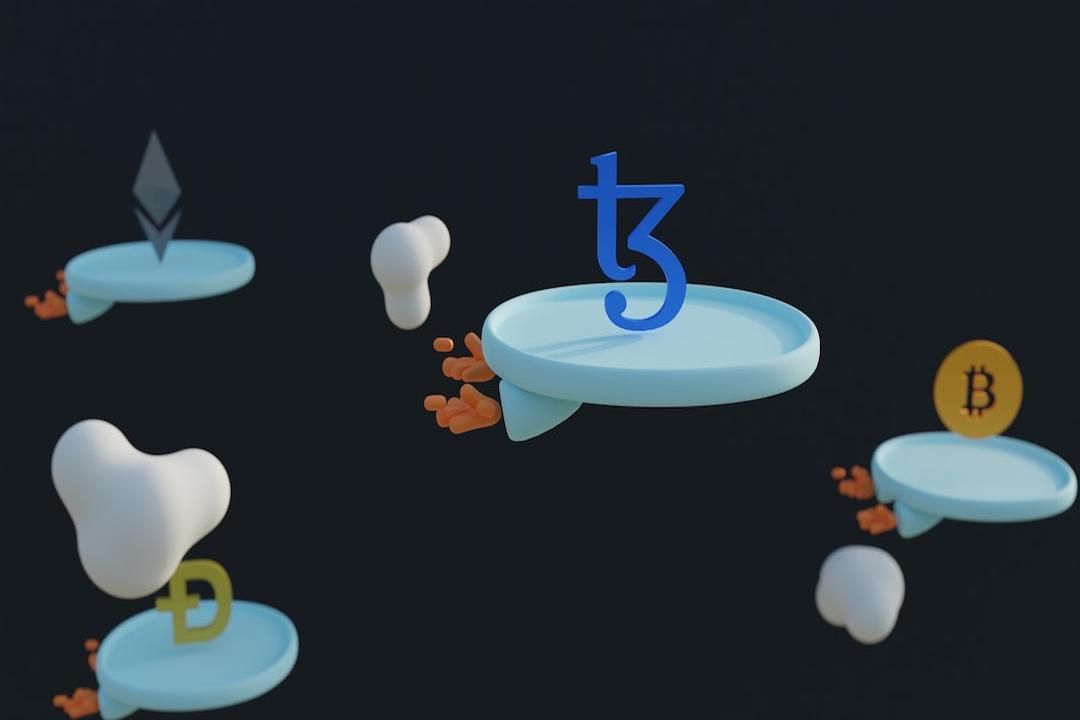Coin World Report:
One of the key determining factors for the widespread application of cloud computing is its credibility. In the process of practical application, all data on cloud computing must be complete, and during program execution, it must have high accuracy, so as to effectively broaden the application scope of cloud computing. In addition, cloud computing protocols can determine all feedback results on the server, and remote servers do not need to re-operate related programs. In recent years, verifiable computing has received high attention from researchers and has become a major trend in the development of trusted cloud computing.
Pi Squared, led by Grigore Rosu, a computer science professor at the University of Illinois at Urbana-Champaign, is a company dedicated to achieving verifiable computing through zero-knowledge technology. The core concept of Pi Squared originates from Rosu’s years of research in academia. He and his students have jointly explored this technology for many years and eventually formed the concept of Pi Squared.

In the eyes of industry insiders, if Pi Squared successfully revolutionizes verifiable computing, this technology will not only be used for the universal settlement layer (USL) of blockchain, trusted cloud computing, but also expand to the verification field of science and knowledge, and apply to all languages and virtual machines, naturally correct and high-speed.

It can be said that Pi Squared’s application scenarios and value space are highly imaginative.
Before delving into Pi Squared, it is necessary to understand several other innovative projects based on ZK technology, as well as their differences and connections with Pi Squared.
01
Competitive analysis
ZKsync
ZKsync is an Ethereum scaling solution that uses ZK-rollup technology to achieve high throughput and low transaction costs. It achieves scalability by batch processing multiple transactions and generating ZK proofs. ZKsync’s main advantages lie in its significantly reduced transaction speed and fees while maintaining Ethereum’s security.
ZK-native
ZK-native refers to blockchains that are designed with zero-knowledge proof technology from the ground up. These blockchains typically have stronger privacy protection and data compression capabilities, such as StarkNet and Mina Protocol. They ensure the privacy and efficiency of transactions and data by directly integrating ZK technology at the protocol level.
ZK Chain
ZK Chain refers to blockchain systems that use zero-knowledge proof technology as a core component. These systems are usually aimed at improving the privacy protection and scalability of blockchains, such as Aztec and Zcash. ZK Chain provides users with strong privacy protection and efficient transaction processing capabilities by leveraging technologies such as ZK-SNARK or ZK-STARK.

The main difference between Pi Squared and the above technologies lies in its universality and verification method. While ZKsync, ZK-native, and ZK Chain focus on improving the performance and privacy protection of specific blockchains, Pi Squared provides a universal verifiable computing solution for all blockchains, virtual machines, and programming languages through its USL. Pi Squared’s PoP technology is not only applicable to blockchains, but can also be extended to other computing fields, achieving true ubiquitous computing.
02
USL: Pi Squared’s Killer Feature
Pi Squared’s first product is the Universal Settlement Layer (USL), which is a modular blockchain architecture with the following core features:
(1) Universality
USL supports calculations in any language or virtual machine without the need for a compiler. This means that developers can use their familiar programming languages for blockchain transaction settlement.
(2) Provable correctness
USL verifies the correctness of computations through mathematical proofs, and any external entity can independently verify the correctness of the USL state.
(3) Minimization of trust base
USL transparently exposes the trust assumptions in the upper-level computations, minimizing the trust base through correctness proofs, increasing user trust and transparency.
(4) Application interoperability
USL supports interoperability between different application modules and networks, such as interactions between appchains.
(5) Determinism and repeatability
The verification process of USL is deterministic, and any external entity can independently verify it.
Pi Squared’s USL architecture consists of multiple layers and components, each playing an important role in achieving efficient and verifiable computing.
First, the computation layer
The computation layer is located at the top of the architecture and is where computations in various languages and virtual machines are executed. It includes transaction execution engines, fully functional app chains, and execution rollups. The computations in the computation layer can be very complex, and the environment can implement its own optimizations and parallel processing, without the need for USL to understand how these computations are performed.
Second, the Sequencer Network
The Sequencer Network is responsible for handling transactions between the computation layer and the USL. Sequencers verify and collect transactions into blocks, promoting efficiency and increasing transaction throughput. The Sequencer Network is typically decentralized and runs consensus algorithms to securely order transactions. The pre-confirmation in the Sequencer Network layer is optimistic and can be revoked for invalid transactions after verification by USL.
Third, the Execution Layer Interface
The Execution Layer Interface is located below the computation layer and enables the computation layer system to communicate with the USL. It accepts “computation transactions,” including transactions, state changes, and transition metadata. The metadata defines the program for executing computations, the list of trusted entities, and other details.
Fourth, Pi Squared’s USL layer
The USL layer of Pi Squared operates as an optimistic rollup, interpreting computation transactions as mathematical declarations in logical theories. The USL generates mathematical proofs of the correctness of the computation sequence, mainly composed of the π² network and the Prover Pool.
Finally, the π² network and Prover Pool
The π² network consists of nodes running consensus protocols to verify the validity of the state after transactions. The verification process is transparent and repeatable, and any external entity can independently verify it. The Prover Pool consists of prover nodes that generate zero-knowledge proofs (ZKP) for transactions or blocks. ZKPs are achieved by re-executing transactions or blocks and generating matching proofs of logical correctness. The generated ZKPs are much smaller than the original mathematical proofs, allowing for faster transmission and verification.
03
The application value of USL in the Web3 field
The Pi Squared team envisions USL as a language and virtual machine agnostic layer that will significantly enhance cross-chain applications and liquidity access in the Web3 industry. Specific applications include:
Rollup-in-a-box
This service supports the creation of L2/L3 rollups and app chains, where users can choose system features, and all transactions are settled transparently by USL.
Multi-chain bridging
Multi-chain bridging allows applications and rollups running on USL to seamlessly bridge tokens on different chains without the need for off-chain code.
Cross-chain financial applications
USL enables DeFi applications to smoothly transition between different rollups and app chains, providing better staking and lending rates. For example, pledging ETH on Ethereum and borrowing USDC on the Cosmos chain.
Heterogeneous ZK verification
Users can leverage various ZK rollups and applications supported by USL, choosing their preferred ZK platform, and USL verifies transactions with the corresponding ZK backend.
Conclusion
With its innovative PoP technology and Universal Settlement Layer (USL), Pi Squared has set a new benchmark in the field of verifiable computing. USL not only solves many challenges in the current blockchain ecosystem but also lays the foundation for future scientific and knowledge verification.
Although USL performs well in many aspects, there are also limitations, such as not targeting enhanced privacy but keeping the privacy of matching logical proofs of computation correctness. Future considerations may include privacy requirements for specific applications; the transaction structure allows specifying a list of trusted dependencies, specified by system components. USL does not actively discover the trust base for transactions lacking trusted dependency specifications, with initial focus on trust base verification.
However, the important breakthroughs achieved in its technology demonstrate the ability of USL to solve practical problems in practice. In the future, with the rise of more applications and the improvement of infrastructure, Pi Squared will undoubtedly bring more innovation and changes to the blockchain industry.
Subscribe to Updates
Get the latest creative news from FooBar about art, design and business.
Can Pi Squared Become the Next Generation Paradigm for Verifiable Computing
Add A Comment

